Leading market players are extensively spending in research and development to extend their product lines, which will help the vehicle roof racks market grow even more. Market participants are also engaging in a number of strategic initiatives to grow their worldwide footprint, with significant market developments including new product launches, contractual agreements, mergers and acquisitions, increased investments, and collaboration with other organisations. To expand and survive in a more competitive and rising market climate, the automobile roof racks industry must provide cost-effective products.
Manufacturing locally to minimize operational costs is one of the key business tactics used by manufacturers in the global automotive roof racks industry to benefit clients and increase the market sector. In recent years, the automotive roof racks industry has offered some of the most significant advantages to medicine. Major players in the automotive roof racks market, including Yakima, Inc. (US), JAC Products (US), NEUMANN, SPOL. S R.O. (Czech Republic), Perrycraft (US), ROLA (Australia) and others, are attempting to increase market demand by investing in research and development operations.
Polaris Inc. is an American automobile manufacturer headquartered in Medina, Minnesota. Polaris was founded in Roseau, Minnesota, and maintains engineering and manufacturing operations there. Until January 2017, the firm produced bikes through its Victory bikes subsidiary, and it now produces motorcycles through its Indian Motorcycle subsidiary, which it purchased in April 2011. Polaris manufactured personal watercraft from 1994 until 2004. Polaris Industries Inc. was renamed Polaris Inc. in 2019 after being known as Polaris Industries Inc. for many years. In August 2021, Polaris Inc., a manufacturer of motorcycles, snowmobiles, ATVs, and small EVs in the United States, cooperated with Rhino-Rack.
This agreement allows Polaris customers to order a new Polaris vehicle with a roof rack that is specifically tailored for the curves.
CRUZBER SA is one of the European market's top manufacturers of roof racks and roof bars, offering a comprehensive range of solutions for passenger cars, off-road vehicles, and commercial vans. Its headquarters and major warehouses, with a total surface area of more than 12.000 m2, are located in the province of Córdoba (Spain).
Cruz is the market leader in Spain and is present in over 30 countries, creating and adapting its goods to the unique needs of each market. In June 2019, CRUZBER SA has announced the release of the new Cruz Airo Fuse roof bars, which feature aerodynamic aluminium profiles that are integrated as well as fused with their feet and are easy to adapt to contemporary vehicle designs.
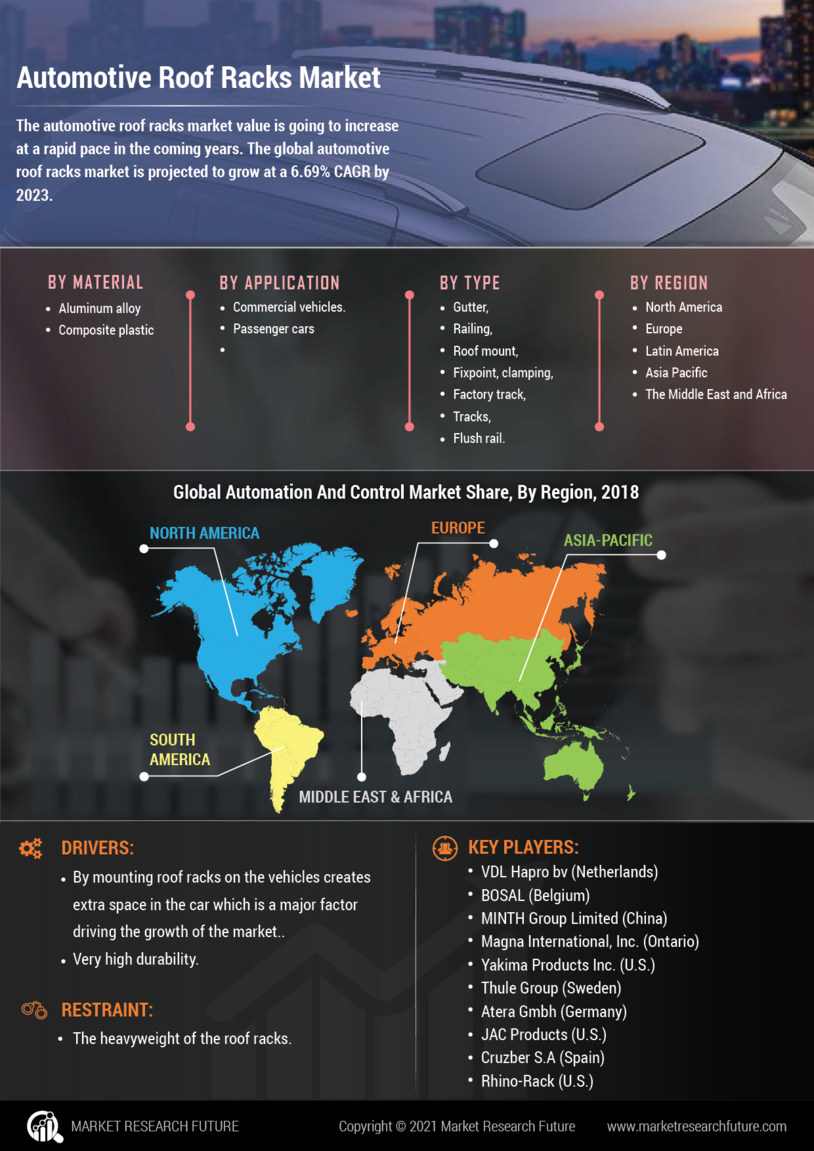

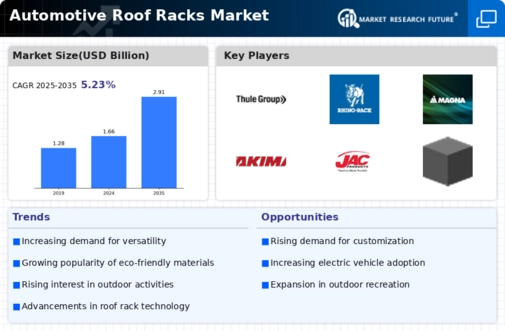
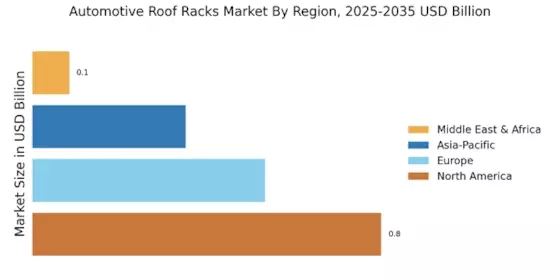
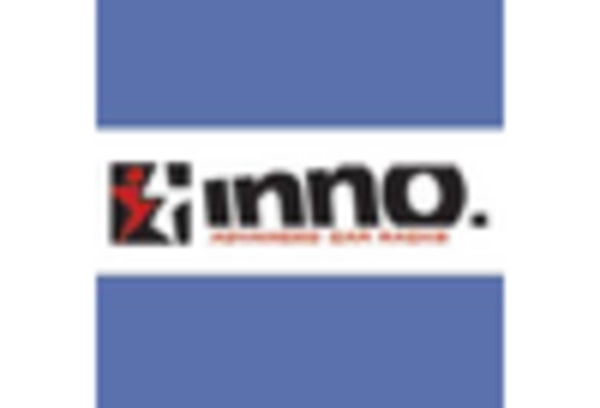
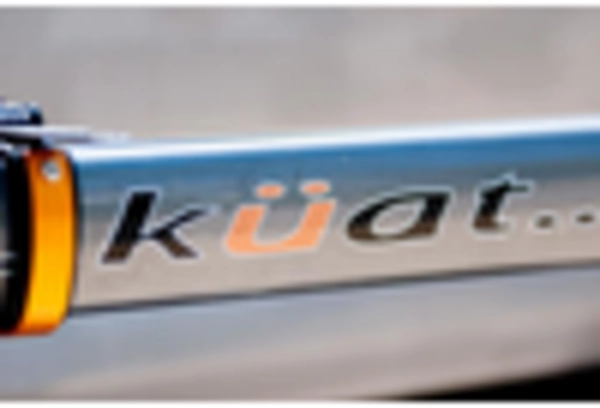
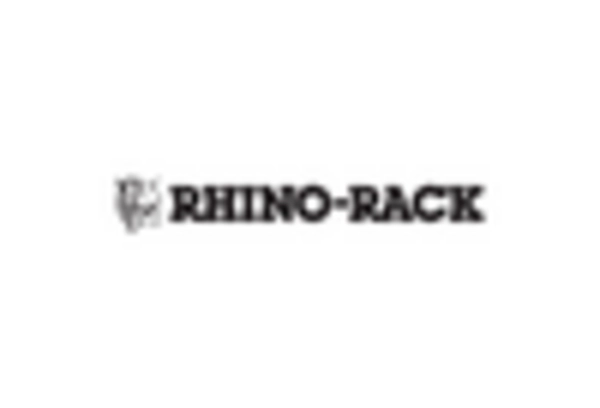
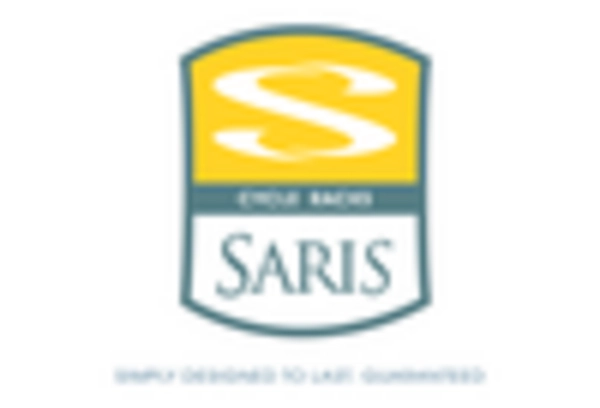
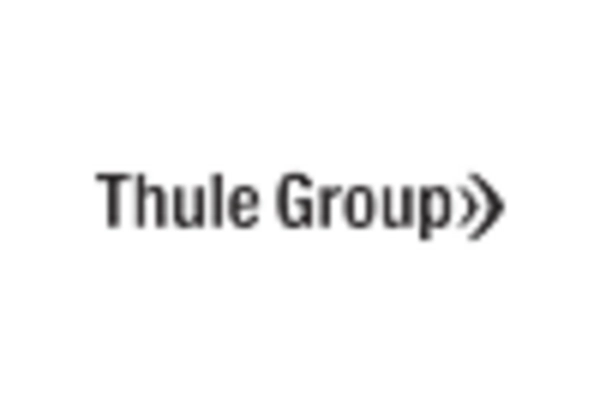
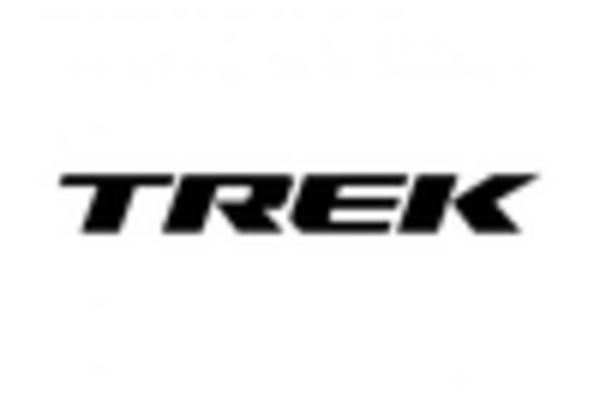








Leave a Comment